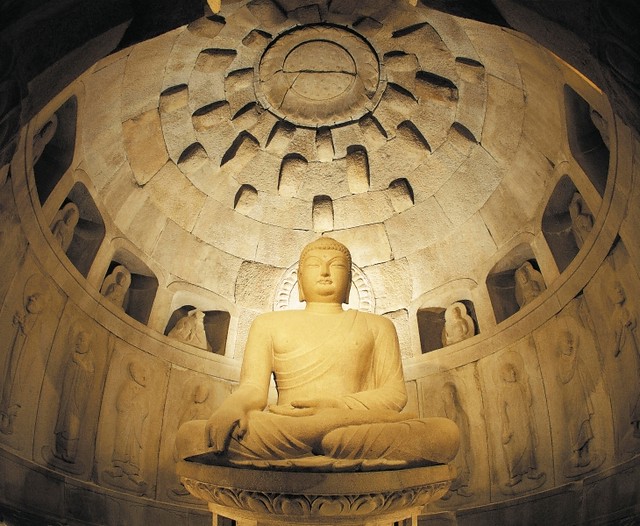After four RJ Huddy novels it's time to start asking what is up
with all the twos.
Let's take it chronologically:
The Verse of the Sword—a sprawling, epic story—could be described
as a story of a man who dies one life in the U.S. and is born again in North
Africa. Harrison Bacon, the protagonist, begins the novel in a hospital
recovering from a boating accident, but this is not the central rebirth in the
plot. That comes later, when he takes a teaching job in Morocco and fakes a
suicide in order to start a new life. Along the way, he associates closely with
several twins—first there is Rebecca, the nurse in the hospital who develops as
a serious lover; then there is Abdelkader, the Algerian who provides him with
work in North Africa; after that comes Laurence, a French woman and kindred
spirit who gives way to Latifa; the Algerian soulmate that Harrison marries.
Along the way there is his brother Mark and the evil twin John DeSpain, who though
serving as the defining opposite of Harrison becomes his double in a faked
identity Harrison is forced to assume. All of these associations create the
full portrait of Bacon. Which is the truest twin? It has to be Latifa, who serves
up the final punchline of the book. Yes, it sprawls and travels the globe, but
the story is really about twos—Harrison's various twins and Harrison's two
lives.
Huddy followed up
The
Verse of the Sword with
Learn Thai with Me. Of all his books, this is the one that has the structure of twos
built into it most intricately. The story is of two men (what else?), one a
black hunchback, the other a gay white man, who arrive in Saudi Arabia as
English teachers in 1980, just as the Soviet invasion of Afghanistan is
starting and the flow of arms travels right through their new neighborhood,
where the two men—Jack Robinson and Nigel Peterson—reside as roommates. That
they are two "sons" by name is not happenstance. Here again this is a
fraternal, twin-like relationship, and though they both have other relationships
(in Nigel's case,
many other relationships),
it is the bond between the two that is central to the story. The great bit of
whimsy in this book is the title, which also serves as the title of a book that
Jack and Nigel write together, described in the story this way:
An even more daring
departure, one that he felt sure would be referred to as “revolutionary” in
book reviews, was this: Learn Thai With Me was to be a work of art. The
reader would begin it merely to learn the language, and throughout the
preliminary chapters, of course, would do little more than that. But with the
accumulation of vocabulary and grammar, the language would become lost in the
art. Dick and Jane would give way to real characters. The reader might be
touched by certain passages. People might read far into the night and turn up
late for work the next day with the excuse, “Sorry about this, guys. I studied
Thai until three this morning.”
Which, in a way, is a description of the book you read when
you read this novel. The joke continues in the real world: When you search
"learn thai with me" the results show Huddy's book along with several
volumes of Thai language instruction.
The book Jack and Nigel write is another twin: the twin of the book you are
reading as you read about the book they are writing.
Having established two as a fundamental element to his art,
Huddy wrote
No Senator's Son about not
one, but two
sons of a senator. The
problem is that one them, groomed to follow his father's footsteps, dies in
Vietnam, leaving the younger brother, Clark Hatling, to be the one who fulfills
that promise. But guess what? He lives a double life that is ultimately part of
his undoing. The plot moves along at a familiar Huddy pace (fast), but once
again the pattern of twos helps drive things along.
And now comes
Death to the Rescue, which for once does not focus on international intrigue in the
story line (it is there, but not a prominently). Not a problem, though, since
there is still plenty of room to create a plot that continues with the pattern
of twos. This time, the novel is actually composed of twin tellings of the same
story. The first telling ends one way, happily, and the second ends . . .
well, happily, too, but with evil
underpinnings that the first telling has ignored. If we need more to bolster
the theory that pairs drive the Huddy narrative, there is the fact that part
two of the novel incorporates a play, an actual staged representation, of the
events of part one, starring some of the characters playing themselves and
their townsmen.
A surprising, postmodern
twist to this small-town murder mystery.
All well and good. There is a pattern of twos throughout
these Huddy novels. What, then, is the big deal about that? Why is that
significant in any way whatsoever?
I'm tempted to say that that right there is enough. It makes
the books more fun somehow when you take note of this phenomenon. It is its own
reward! These are not just page-turners with well-developed, interesting
characters , injected with humor both wry and ribald. These books have a discernible
pattern to them, a structure that unites them, that holds them up, if you will.
But there has to be more to it than that, there really does.
And it goes beyond what was mentioned
before about the reflecting stories of Learn
Thai with Me and Death to the Rescue,
though it is worth mentioning that those quirky elements add depth to the
stories. The book-within-the book on the one hand and the
play-within-the-mystery on the other both resonate similarly. That is, they
reinforce that external appearances are never enough; you also need the
internal reality to get the complete picture. Also true with Harrison in The Verse of the Sword and Clark in No Senator's Son: the central characters
become complete with the addition of others to bounce off of.
And this, at last, gets to the heart of the matter. It is
easy to get drawn into these novels and forget about what is the core issue
that makes them more than just good stories with plenty of twists and turns to
keep your attention. I finally come down to the most obvious answer: These are
love stories, and the pattern of twos is there because the love that is
represented is not the ambiguous agape
or some feel-good love of humanity. Love is about coupling, after all.
This may sound corny, but love is about close relations between
two people sharing as much of their innermost beings as they can possibly
share, and almost all the plot-driving scenes in these books center on interactions between two people. At the end of Death to the Rescue there are pairings and couplings and marriage plans enough to make Shakespeare blush. Intimate relationships are
integral to all of these books, and that is the what-for with this pattern of
twos. It comes down, partly, to a vocabulary term I never knew until I got to
page 87 of The Verse of the Sword: "uxorious,"
meaning excessive love of one's wife. Huddy's
books come to you this way, like a proposal of marriage asking you to partner
with them and get up close and personal; to let the reader be defined by the
written, and vice-versa; to be their better half to the end.
Will you accept?

























